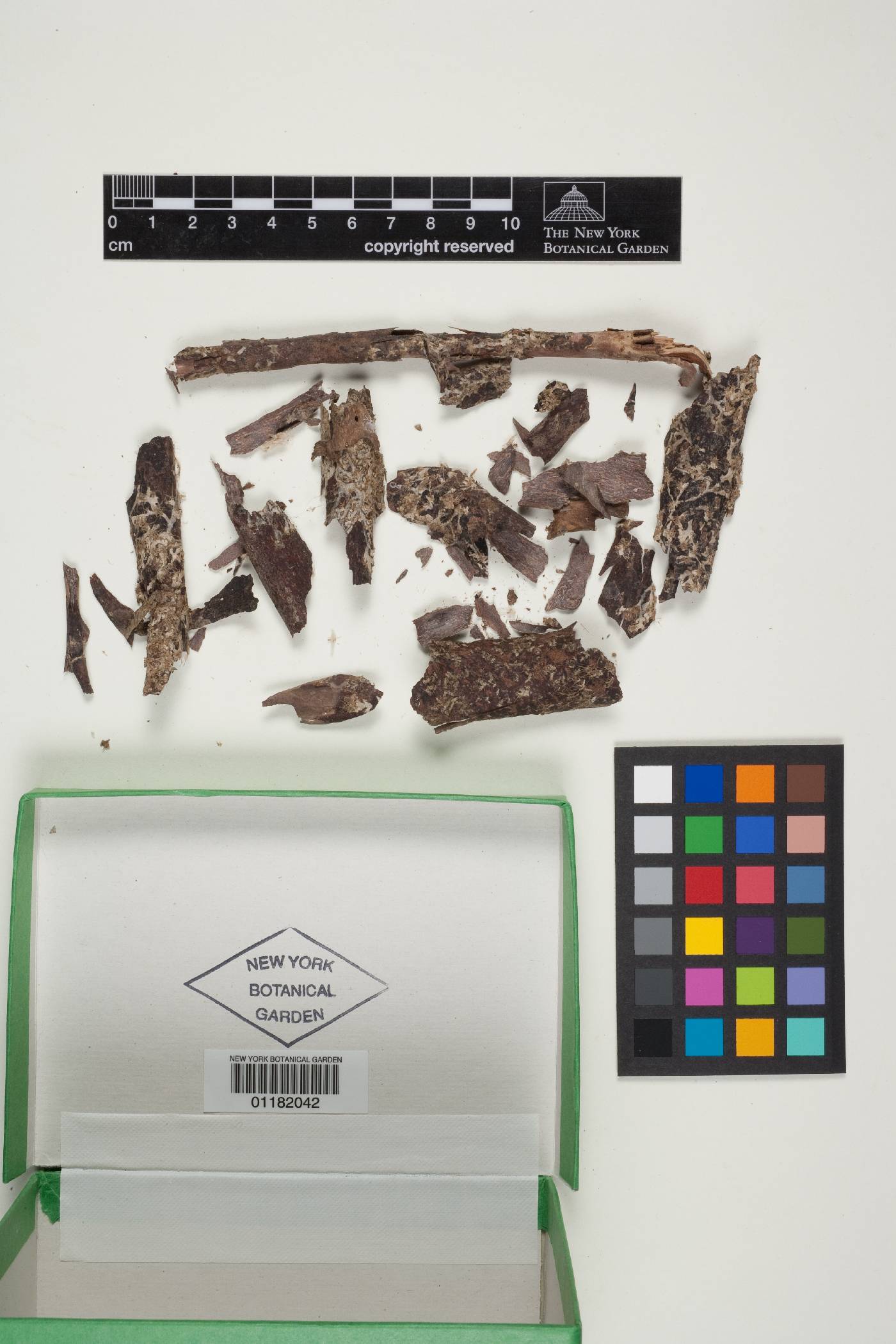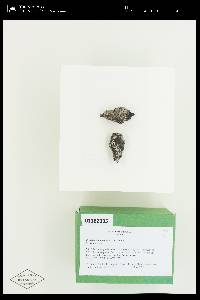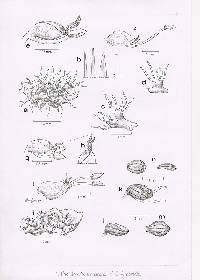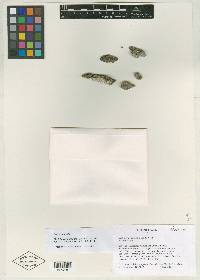
Neotropical Flora
|
Family: Podostemaceae
|
Herbs, often with dense, moss-like growth. Stems prostrate, tightly attached to substratum throughout, slightly rounded to flattened in cross-section, (0.3) 0.9 (4) mm wide, repeatedly irregularly branched, branches arising laterally at irregular intervals or clustered. Leaves arising from margins of lateral branches, (3) 7 (14) per branch, simple (most common) or once divided, linear, (1.1) 10 (21.5) × (0.1) 0.35 (1.1) mm, 1-veined or vein lacking, apex acute or obtuse. Spathella (0.8) 1.6 (2.3) × (0.5) 0.7 (1.1) mm, rupturing apically into (5) 7 (12) linear to tri- angular segments. Flowers (1) 1 (3) per branch, surrounded by fused leaf sheaths (branch appearing swollen), pedicel (0.1) 0.2 (0.6) mm prior to anthesis. Tepals absent. Stamen 1, filaments (0.6) 0.8 (1.6) × (0.1) 0.2 (0.3) mm prior to anthesis, elongating to (2.1) 5 (8.2) mm and projecting from ruptured spathella during anthesis; anthers (0.5) 0.8 (1.2) × (0.3) 0.5 (0.5) mm. Pollen polar diameter (18.7) 20.2 (22.5) μm, equatorial diameter (15) 15.3 (16.2) μm, sexine 0.5 μm, nexine 0.6 μm. Ovary in preanthesis flowers (0.6) 0.8 (0.8) × (0.3) 0.5 (1.6) mm; in post anthesis flowers (0.6) 0.8 (1.2) × (0.4) 0.5 (0.8) mm, apical region of dorsal (upper) carpel papillate. Ovules (12) 21 (33) per ovary. Stigmas (0.4) 0.6 (1.1) mm prior to anthesis, elongating to (0.4) 1.2 (5.2) mm during anthesis. Capsules (0.5) 0.7 (1) × (0.3) 0.5 (0.6) mm; upper (dorsal) valve (0.4) 0.6 (0.8) × (0.2) 0.5 (0.7) mm, 3 ribbed (nonsuture), papillate in apical region; lower (ventral) valve (0.4) 0.7 (0.9) × (0.3) 0.6 (0.8) mm, (3) 5 (7) ribbed (nonsuture). Seeds (0.13) 0.19 (0.26) × (0.1) 0.12 (0.18) mm; (0) 13 (32) per capsule. Discussion: Castelnavia monandra and C. fluitans are distinguished based primarily on stamen number per flower; one and two, respectively. Pollen features (polar and equatorial pollen shape; subcircular and subtriangular, prolate-spheroidal and oblate-spheroidal, respectively) also differ. Dried plants often become whitened. Castelnavia monandra, described by Tulasne and Weddell (Tulasne 1849), was based on a Weddell collection from the Araguaia River. Stafleu and Cowan (1988, p. 137) reported that many of Weddell’s collections are in P. Van Royen (1954, p. 251) designated Weddell s.n. (P) as the type of C. monandra, but we could not locate this type. The other collection of this species cited prior to the present study is in C. That specimen, however, is fragmentary, lacks flowers and cannot be definitively attributed to Weddell. Because stamen number (one) is the definitive feature of C. monandra, the specimen in C cannot be clearly applied to the name (Greuter et al. 2000). Selection of a neotype is warranted. The collection of Philbrick et al. 5849 (MEXU, R, WCSU) from the Araguaia River is selected as the neotype. Phenology: Flowering June-July. Distribution and Habitat: Known only from the Araguaia River (Pará – Tocantins border), Brazil (Fig. 9). Abundant, often forming dense moss-like growth on rock outcrops and stems of rheophytic shrubs (e.g. Myrtaceae). Castelnavia monandra, C. fluitans and C. princeps occur in the same region of the Araguaia River. Representative Specimens Examined: BRAZIL. Pará: São João do Araguaia, Araguaia River, 48° 55’34.2” W, 5° 18’28.5” S, 22 Jul 2006, Philbrick et al. 5978, 5979 (R, WCSU); Idem, 48° 55’34.2” W, 5° 18’28.5” S, 22 Jul 2006, Philbrick et al. 5980, 5986 (R, WCSU); Idem, 48° 56’13.4” W, 5° 18’28.3” S, 22 Jul 2006, Philbrick et al. 5982 (R, WCSU); Idem, 48° 46’9” W, 5° 20’32” S, 12 Jun 2005, Philbrick et al. 5845 (MEXU, R, WCSU); Idem, 48° 52’51” W, 5° 20’36” S, 13 Jun 2005, Philbrick et al. 5848 (MEXU, R, WCSU); Idem, 48° 45’51” W, 5° 21’37” S, 13 Jun 2005, Philbrick et al. 5852 (MEXU, R, WCSU). |
Powered by Symbiota.






